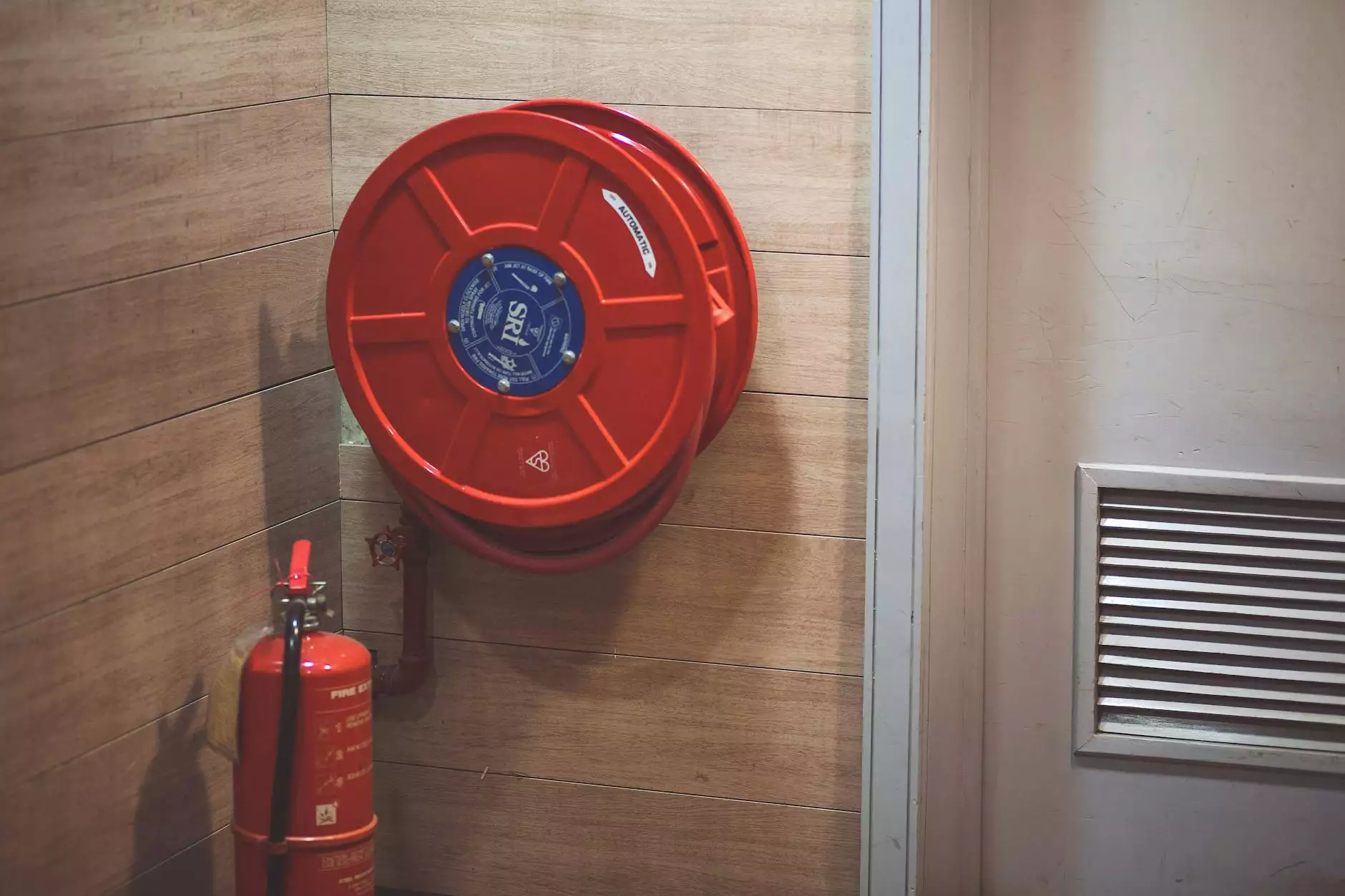The Ultimate Guide to Label Rolling Machines in Packaging

The packaging industry is evolving rapidly, with technologies and machinery adapting to meet the needs of modern businesses. One of the lesser-known but essential tools in this domain is the label rolling machine. This piece of equipment plays a crucial role in automating the labeling process, enhancing production efficiency, and ensuring accuracy in how products are presented to consumers. In this article, we will explore the various aspects of label rolling machines, their significance, and how they fit into the broader context of packaging equipment manufacturing.
What is a Label Rolling Machine?
A label rolling machine is a specialized device that is designed to streamline the process of applying labels to products or packaging. It works by taking pre-printed labels off a roll and adhering them to the designated surfaces of products. This method not only saves time but also ensures that each label is applied consistently and accurately.
Key Components of a Label Rolling Machine
Understanding the key components of a label rolling machine can help businesses choose the right model for their needs. The primary components include:
- Label Roll Holder: The mechanism that holds the label roll securely in place.
- Feeding System: Ensures that labels are dispensed at a controlled and consistent rate.
- Adhesive Application: In some models, there is a feature that applies adhesive to the substrates before labels are applied.
- Label Applicator: The part that physically applies the label to the product.
- Control Panel: Where operators can set parameters such as speed and timing for the labeling process.
Benefits of Using a Label Rolling Machine
Incorporating a label rolling machine into your production line can lead to several benefits:
1. Increased Efficiency
Label rolling machines significantly reduce the time needed to apply labels compared to manual methods. In high-volume production environments, the efficiency gains can be substantial, enabling businesses to meet demand more effectively.
2. Consistency and Accuracy
By automating the labeling process, businesses ensure a higher degree of consistency and accuracy in label placement. This reduces the risk of errors that can occur with manual labeling, such as misalignment or incorrect labeling.
3. Cost Savings
While the initial investment in a label rolling machine may be significant, the long-term savings in labor costs and the reduction of waste due to errors make it a wise investment. As production ramps up, the cost-per-label decreases, improving overall profitability.
4. Flexibility
Many modern label rolling machines come with adjustable settings that allow companies to quickly change the type of label being applied. This adaptability is essential in industries where product lines can change frequently.
How to Choose the Right Label Rolling Machine
When considering the implementation of a label rolling machine, there are several factors to keep in mind:
1. Production Volume
Assess how many labels you need to apply per hour or day. This will help you determine the speed and capacity requirements of the machine.
2. Label Size and Type
Different machines are designed to accommodate various label sizes and types. Evaluate your product packaging to ensure compatibility.
3. Automation Level
Some businesses may prefer a fully automated system, while others might find a semi-automated option sufficient. Consider where you want to place the machine within your workflow.
4. Ease of Use and Maintenance
The machine should have a user-friendly interface, and maintenance requirements should be manageable within your operational capabilities.
5. Budget
Analyzing the budget is crucial. Understand the initial costs versus the potential savings and ROI over time.
Applications of Label Rolling Machines
Label rolling machines are utilized across various industries, including:
- Food and Beverage: Applying labels for nutritional information, ingredients, and branding.
- Pharmaceuticals: Ensuring compliance with stringent labeling regulations.
- Cosmetics: Creating attractive, visually appealing packaging.
- Manufacturing: Labeling products for logistics and inventory management.
Maintenance Tips for Label Rolling Machines
To ensure the longevity and optimal performance of your label rolling machine, regular maintenance is essential. Here are some tips:
- Keep the machine clean and free of dust and debris.
- Check the label rolls regularly for jams or misalignments.
- Inspect the adhesive application system frequently to ensure it is functioning correctly.
- Schedule routine professional maintenance services to prolong the life of the machine.
- Read the manufacturer's maintenance guide for specific tips related to your machine.
Conclusion
In summary, the label rolling machine is a critical asset for businesses seeking to enhance their packaging processes. By improving efficiency, consistency, and flexibility, label rolling machines not only streamline workflows but also contribute to the overall success of the company. Investing in high-quality labeling equipment, such as those available at shineben.com, can provide significant returns in productivity and cost-effectiveness.
As the packaging industry continues to grow, embracing innovations like label rolling machines will be key for businesses looking to stay competitive. Ensuring that your products are well-labeled not only enhances customer satisfaction but also adheres to regulatory standards, making labeling an important discussion point for any packaging operation.









